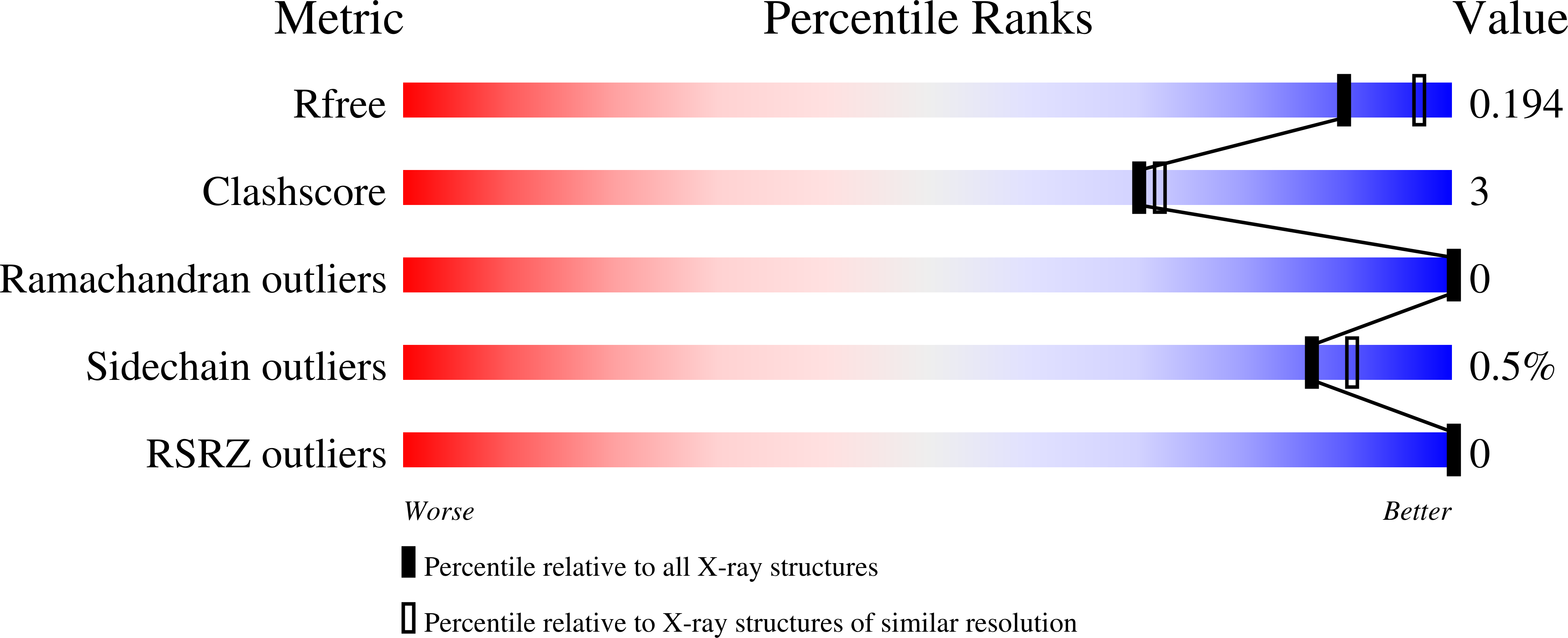
Deposition Date
2024-10-02
Release Date
2025-07-02
Last Version Date
2025-07-02
Entry Detail
PDB ID:
9GYQ
Keywords:
Title:
Crystal structure of human Histidine Triad Nucleotide-Binding Protein 1 in complex with KV30
Biological Source:
Source Organism:
Homo sapiens (Taxon ID: 9606)
Host Organism:
Method Details:
Experimental Method:
Resolution:
2.00 Å
R-Value Free:
0.18
R-Value Work:
0.14
Space Group:
C 1 2 1


